Let’s look at some game-like environment without prominent mechanics and goals.
I’ll use each example to introduce some critical issues in online worlds.
Habitat (1985)
Lucasfilm’s first graphic MMORPG. The first beta test had about 200 people and it was followed by a couple of other iterations.
LET’S ALL (TRY TO) HAVE A DAY TRIP IN HABITAT (the restored, emulated version)
Take a quick look a the Handbook while it loads
Some important lessons from the creators of Habitat, still valid today in MMO design:
Different kinds of players
- The Passives
- The Actives
- The Motivators
- The Caretakers
- The Geek Gods
Need for different experiences
Providing a variety of possible experiences within the cyberspace, ranging from events with established rules and goals (hunts), opportunities for entrepreneurship, freeform social spaces, etc.
Participatory / incremental design
“(resist the) conceit that all things may be planned in advance and then directly implemented according to the plan’s detailed specification”.
Let the people drive the direction of design and aid them in achieving their desires.
Addiction
The testers paid $0.08 per minute to use Habitat. The first versions of Habitat were eventually shut down because they proved too costly.
Many users freaked out upon receiving their bills. Their internet usage increased way more than they imagined.
“I didn’t realize that I was going to want to play 50 hours/month!” (user)
Whales
The possibility that a few wealthy or self-indulgent users would make the game profitable and cheap or free for most players.
“Yet another spent over $1000 in one month in Habitat. At around $300 and $600 dollars, he was mailed a message suggesting he “check out his usage in the billing section”. If we could get 20 more of this type of “rich” user, we would be profitable!”
In game economies and inflation
There was an in game currency. You are given x credits at every log.
You could buy and resell items from vending machines.
To make the automated economy more interesting and “local”, different machines could have different prices for the same object. Guess what happened?
Users bought items where they were cheap and resold them where they were more expensive making a profit. In one night the currency multiplied by 5 times, with speculators becoming super rich.
“The new rich class now began to distribute their wealth by having treasure hunts”
(acquiring status and prestige with gifts is as ancient as human societies)
Artificial Scarcity and expression
Some heads could not be purchased from vending machines so they became luxury items.
Heads were the only character customization.
That’s common sense now, monetization by skins, dance moves…
Crime, property, laws
“At first, during early testing, we found out that people were taking stuff out of others hands and shooting people in their own homes. We changed the system to allow thievery and gunplay only in non-city regions”
Creating safe zones made it less brutal for noobs and self-selected types of players.
Doesn’t WoW have a similar structure?
Killing: game vs online community
There was debate on the issue of murder, and a vote was taken. Should murder be illegal?
50% said “A crime” and 50% said “no — it is part of the fun”.
Real life institutions transported online
Greek Orthodox Minister opened the first church in Habitat. His canons forbid his disciples to carry weapons, steal, or participate in violence of any kind.
Three Habitat weddings took place in that church. These were not human-human weddings, but Avatar-Avatar.
They designers didn’t implement cohabitation and sharing of resources.
Do you know of any game that “institutionalized” marriage or family? (certain Roblox games)
Anonimity and pseudonimity
Originally the identity of the users were meant to be secret but the service provider didn’t like that.
“It seemed the anonymity I wanted was lost. But I suggested a counter-proposal. A tit-for-tat rule. If you “peek” at someone else’s secret identity, you will be unmasked to that Avatar, and no one else would know the results”
Is anonymity important in the games you play, what are the pro and cons?
Police and politics
The designers decided to not impose a government but they allowed the election of a sheriff. Except they didn’t know what to do next.
“We were stumped about what powers to give him. Should we give him the right to shoot anyone anywhere? Give him a more powerful gun? A wand to >zap< people to jail?
A “Committee for a Safer Habitat” sent out a mailer to everyone asking this question: “What should the sheriff be able to do?”. Then another election was held “What is a crime?” and “What should the sheriff be empowered to do? (…) it became apparent there are two basic camps: anarchy and government.”.
Scheduled events
Treasure hunts, special dungeons and quests were occasionally introduced to revive the interest.
“Grand Openings” for new areas were popular.
Data and presentation
The programmers of habitat quickly determined that in a regime of scarce bandwidth the virtual world needed to be defined in terms of configuration and behavior of objects, rather than their presentation.
Basically instead of sending images of a tree they would send data defining the necessary parameters of a tree and letting the client render it. In that way a protocol could be established independently from the representation.
Clients are untrustworthy
Habitat designers didn’t implement arcade skill based mechanics because they knew some users would hack their client. “The backend shall not assume the validity of anything a player computer tells it.”
This is going to be a big theme in this class.
Work within the system
The designers, facing the problem of scalability, already envisioned User Generated Content and in game editors.
They recommended the community management from within the world (communicating through an in-game newspaper).
Sources:
Habitat Anecdotes 1988
The lessons from Lucasfilm’s Habitat
LambdaMOO (1991)
Multi User Dungeon MUD were (and still are) text based multi user environments, derived from text based adventure games. They emerged in the late ’70s and Wwe’ll talk about them later as they are more properly “games”.
Non combat-oriented MUDs got popular a bit later, in the late ’80s, with the diffusion of Online Service Providers (this is before web and browsers), and the publication of source codes like TinyMUD which spawned hundreds of derivatives.
TinyMUD focused on socialization, roleplay, and creation. It was programmable by users.
MOOs (Object Oriented MUDs) were created for educational or social purposes and allowed users to create their own rooms and items with an object oriented programming language within the game.
MOOs are a bit difficult to run on contemporary computers, since they used Telnet (a pre-web protocol). But we’ll just visit a MUD later in the semester.
An example of MOO programming:
@create $thing named Generic Wind-Up Toy,Toy
You now have Generic Wind-Up Toy (aka Toy) with object number #12221
and parent generic thing (#5).
@create #12221 named Wind-Up Duck,Duck
You now have Wind-Up Duck (aka Duck) with object number #12222 and
parent Generic Wind-Up Toy (#12221).
@property toy.wound 0
Property added with value 0.
@verb toy:wind this
Verb added.
@program toy:wind
this.wound = this.wound + 2;
player:tell("You wind up the ", this.name,".");
player.location:announce(player.name, " winds up the ", this.name,".");
Would create an interactable duck toy:
wind duck
You wind up the Wind-Up Duck.
Everyone else sees:
PlayerName winds up the Wind-Up Duck.
What are some online games today that rely on user generated content?
LambdaMOO, the most popular educational MOO, allowed for complex democratic systems. Users could vote for new policies.
LambdaMOO was the subject of one of the first ethnography about virtual communities My Tiny Life by
Julian Dibbell. The chapter A Rape in Cyberspace introduced issues about consent and abuse in online spaces that are still relevant today. Audiobook version here.
The Palace (1994)
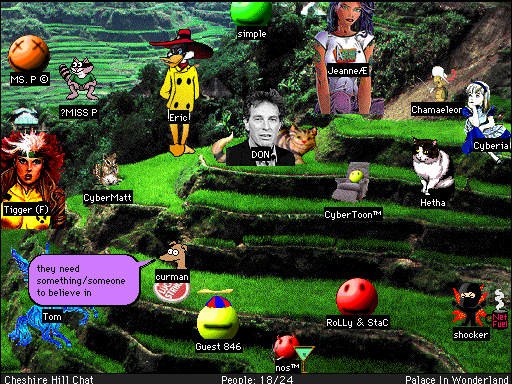
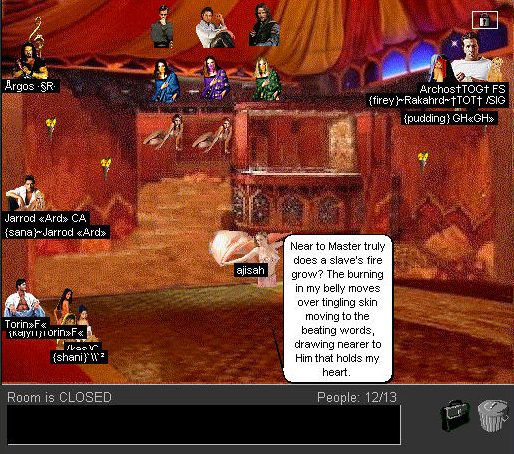
You need to download a Windows client to log in, I’ll give you a brief playthrough.
The Palace a popular graphical chat program notable for its flexible character and room customization.
It was a decentralized system. Users could host their own server.
“[Avatar customization] initially scared me, because I was afraid it would cause the place to fill with shitty artwork, and it kind of did”
-The creator Jim Bumgardner
A multi layered avatar format emerged similar to paper dolls.
It allowed a representation and expressiveness never seen before.
(mind this is before digital cameras, in a mostly text based internet)
There were fashion contests for avatar editing, especially popular among girls.
The palace had about a 50-50 gender split which was uncommon for internet communities at the time.
![]()
“Spaces from that era where you could kind of conceal who you were or experiment with your gender were more welcoming to women than social media is today, where you have to be who you are very publicly in a way that makes you vulnerable, [On The Palace], you could be anybody. You could be a toaster. You could be a doll, a superhero. You could represent yourself — male, female, everything in between.”
Claire Evans – author of Broad Band: The Untold Story of the Women Who Made the Internet
Source: ON THE PALACE, YOU CAN BE ANYONE YOU WANT TO BE
Whyville (1999-)
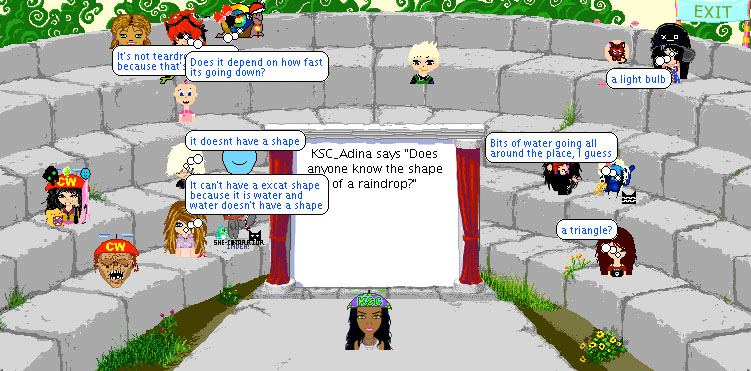
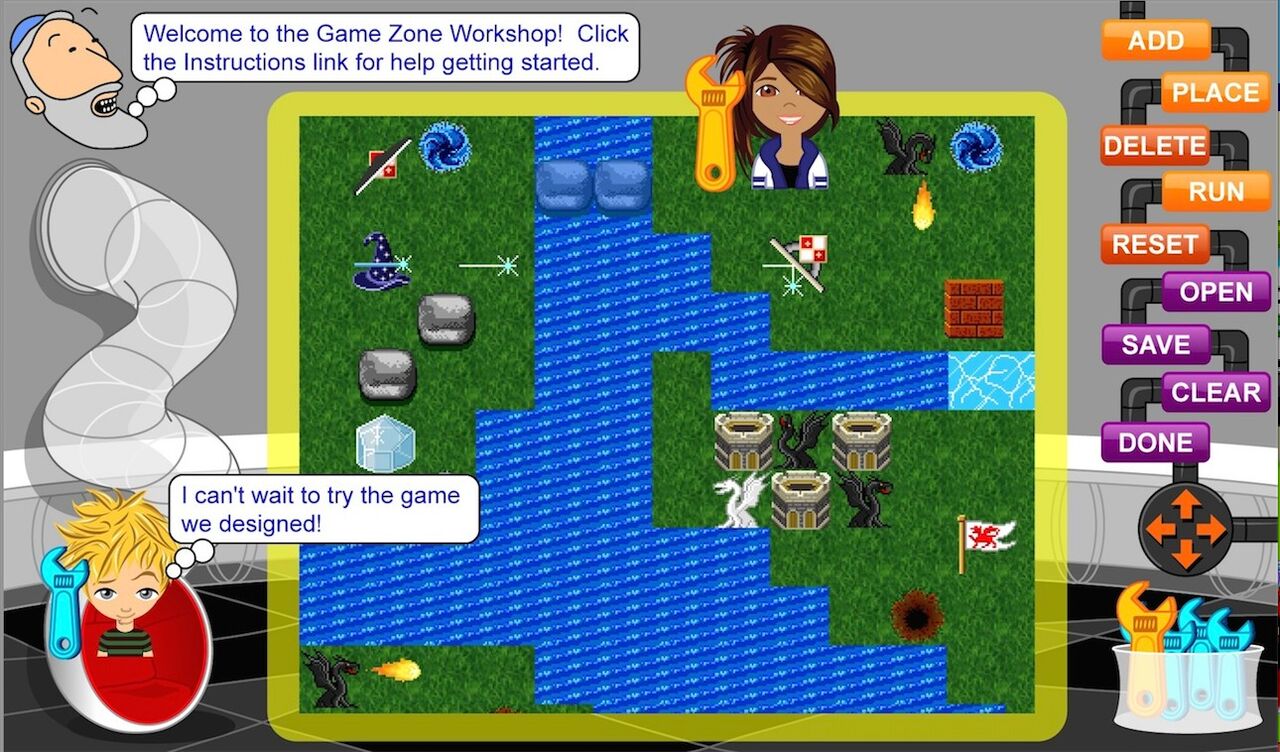
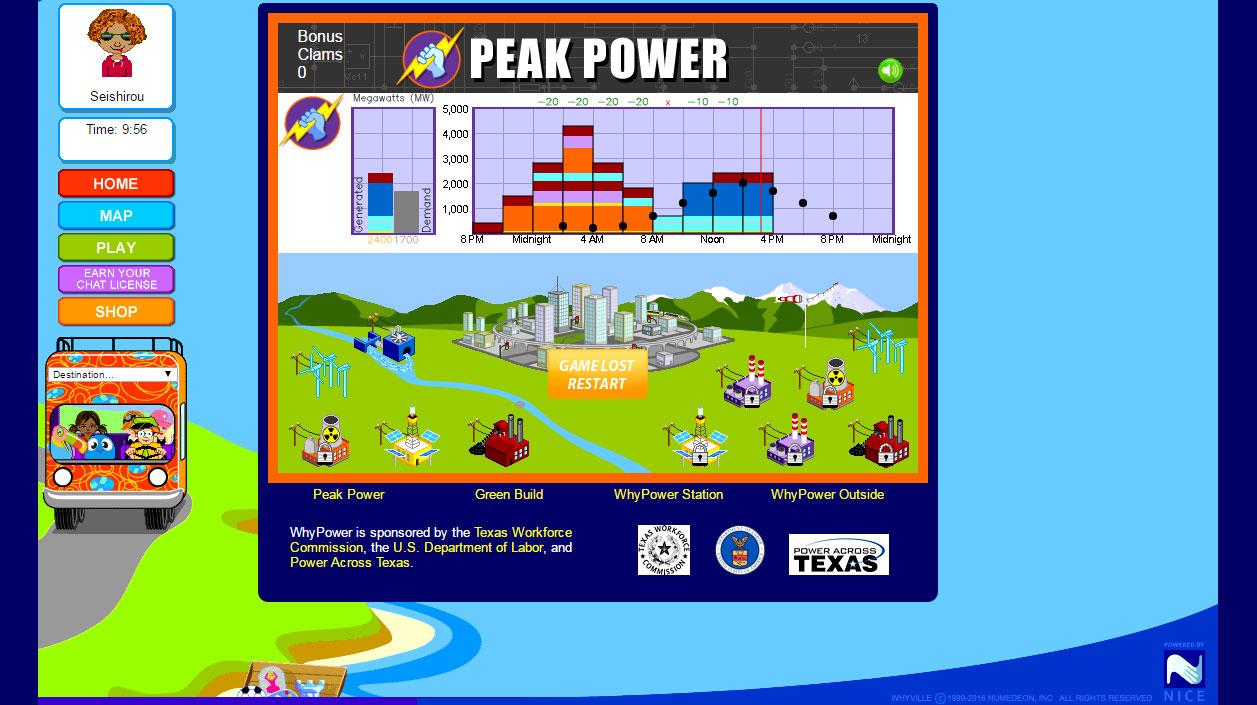
Whyville is notable for being a successful educational online game.
It was geared towards children from ages 8–14+ and had an internal currency you could earn by playing educational games.
The currency could then be spent to customize avatars.
It had 7M userbase (about 1M real users in 2008) and boasted many institutional partnerships.
An interesting educational event:
“Just after Valentine’s Day, the Site’s designers at Numedeon Inc., a privately held company, infected the online identities of a handful of the most frequent users with the pox. They also posted a memo on the site’s bulletin board suggesting that users check out “’what’s new’ at the Whyville version of the national Centers for Disease Control [and Prevention].”
From there, the pox spread through contact. And as it did, so did rumors and panic. “I became sad and horrified,” wrote one user, screen name Girlyleo, in an article posted on the site’s online newspaper.
Soon pox-free Whyvillians were shunning the infected. Deviously enterprising users began offering fake cures. A lively trade in skin-colored digital cover-ups and paper bags with eyeholes emerged.
“I hated Whypox,” said Jessica Ruane, 12, of Westwood, who averages about two hours a day on the Whyville site. “It stayed, like, five days, and you get, like, pox all over your face.”
But, whether or not she liked it, Jessica wanted to figure out what was going on. So she visited the site’s faux CDC Web page to investigate.
There she encountered a simulation of how disease spreads, a real-time graph of how many Whyvillians had been infected and links to an actual newspaper article about a wave of real unexplained rashes affecting East Coast schools.
“I read everything about it and I was like, ‘Oh!’ “ Jessica said.
Several hundred Whyville users then entered a contest to guess when the epidemic would come to an end, using the knowledge they’d gained.
What do you think are the challenges of designing virtual worlds educational purposes?
Can all virtual worlds “become” educational?
(Article on Fortnite in schools)
Habbo (2000-)
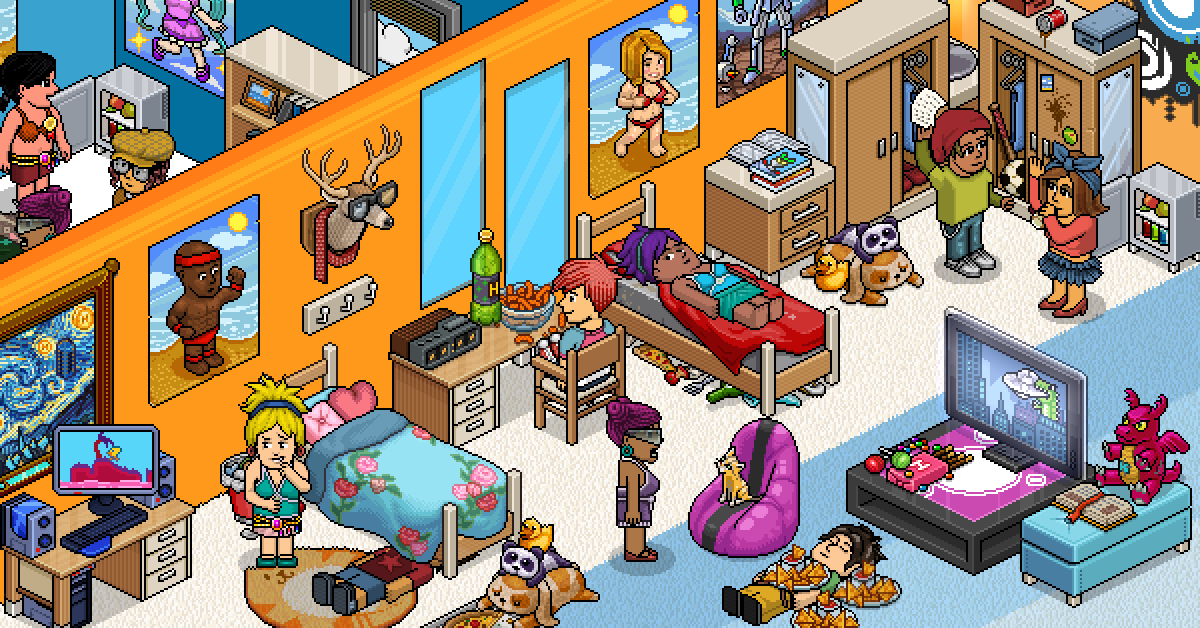
Habbo (aka Habbo Hotel) is a virtual world notable for its detailed isometric pixel art.
It allows users to create their own character, design hotel rooms, and even simple games.
It was one of the first social networks with a business model centered around digital commodities.
Furniture, wallpaper, and floor patterns can be purchased or rented with different forms of online currencies – some of which purchasable with real money.
It has a automated moderation system, the “Bobba Filter”, which replaces offensive text with the simple word “bobba”.
They unsuccessfully tried volunteer moderators and switched to paid moderators.
Unfortunately they weren’t enough…
CONTENT WARNING: TALK OF PEDOPHILIA AND CHILD ABUSE
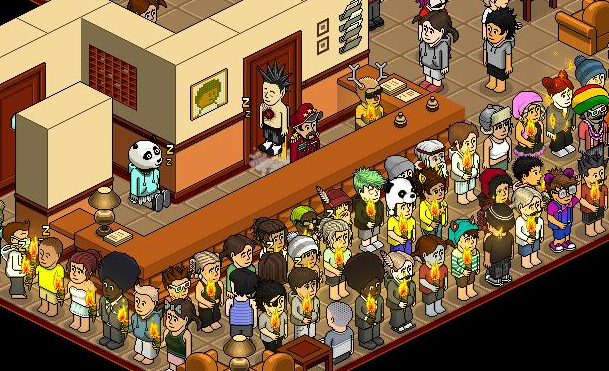
Following the report Habbo muted all the chats, and users staged silent protests in support of the company. The Great Mute.
As a game designer how would you deal with such a major crisis?
The pedophilia scandal was not the first time moderation issues emerged in Habbo.
In 2006 some unsubstantiated rumors of racist conduct by Habbo moderators prompted a series of raids by users of internet boards like 4chan.
I will not try to unpack the racial politics of forming swastikas in digital blackface in order to fight racial discrimination, you can find plenty of information online (CW: racism).
But the event is somewhat historically relevant in the history of Anonymous, the amorphous hacker group.
The raids became increasingly organized culminating in a real life re-enactment in front of Habbo’s headquarters.
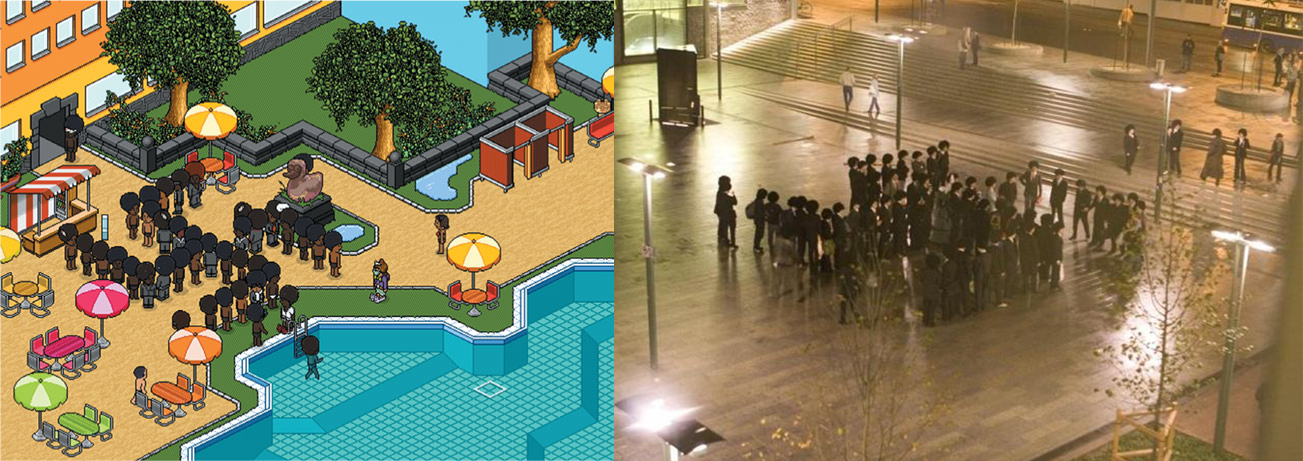
It was the first time the obscure board 4chan mobilized IRL. Arguably a proof of concept for anonymous’ ability of users to self-organize.
The ambiguous political trolling and the “ironic” racism of these actions foreshadowed 4chan’s mutation into a hotspot for the far-right.
Second Life (2003)
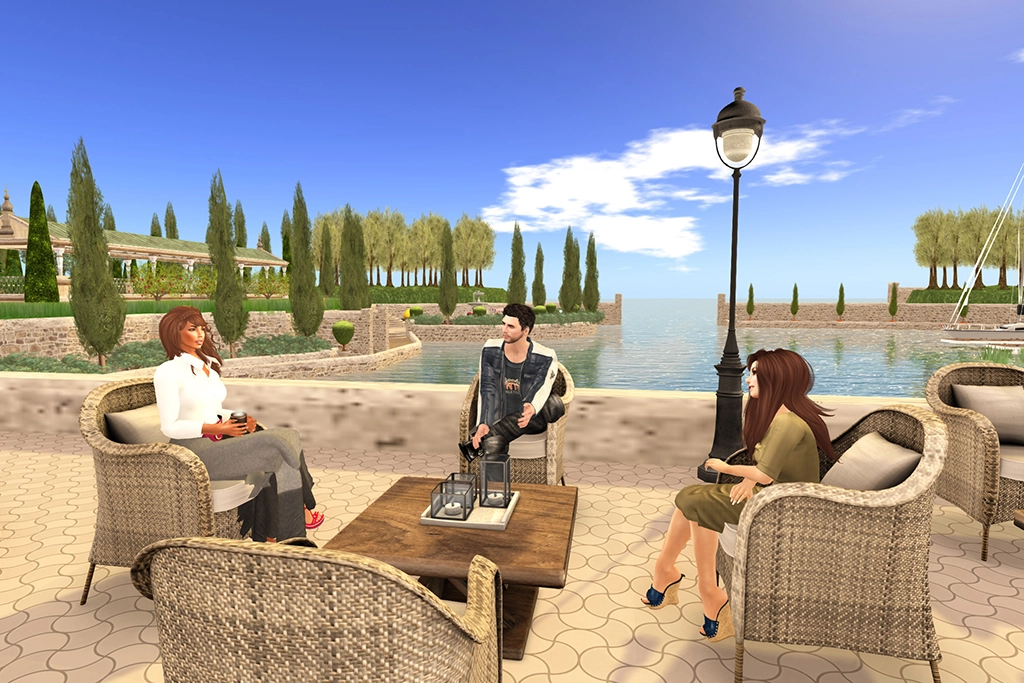
Second Life by Linden lab was huge for a few years. I could devote an entire course on all the stuff that happen in or around SL. We are going to have a class visit guided by a veteran, I’ll just focus on a couple of aspects.
Hype
Around 2005 people really thought SL would become the next world wide web.
Every brand and organization rushed to create a presence in SL, further feeding the media narrative.
For a while the headline template became “Somebody did [real life thing] in Second Life”. A similar pattern happened later in Minecraft and other online games.
Virtual entrepreneurship
SL had an in-game currency, a built-in property management system, and an advanced editor for the creation of buildings, objects, animations, and avatars.
Some users made decent amounts of money by selling virtual goods.
It was a new thing and took the hype to the max.

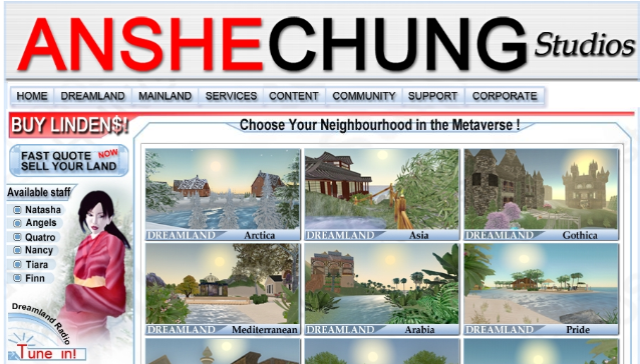
Anshe Chung became the first “virtual” millionaire by developing real estate.
Linden Lab’s business model was based on renting plots of land. You could only build on your land.
Politics and dissent
The institutional and corporate presence in SL created easy target for wacky political protests.

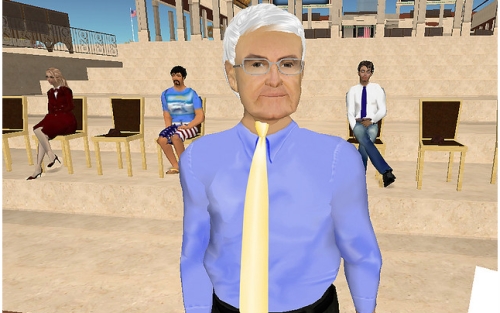
There were also some less catchy, and less documented communes and radically democratic groups (intentional communities).
Art
A community of artists stuck around in second life once the hype faded. SL was a particularly fertile ground for digital performance and machinima.

0100101110101101 aka Franco and Eva Mattes
Sex
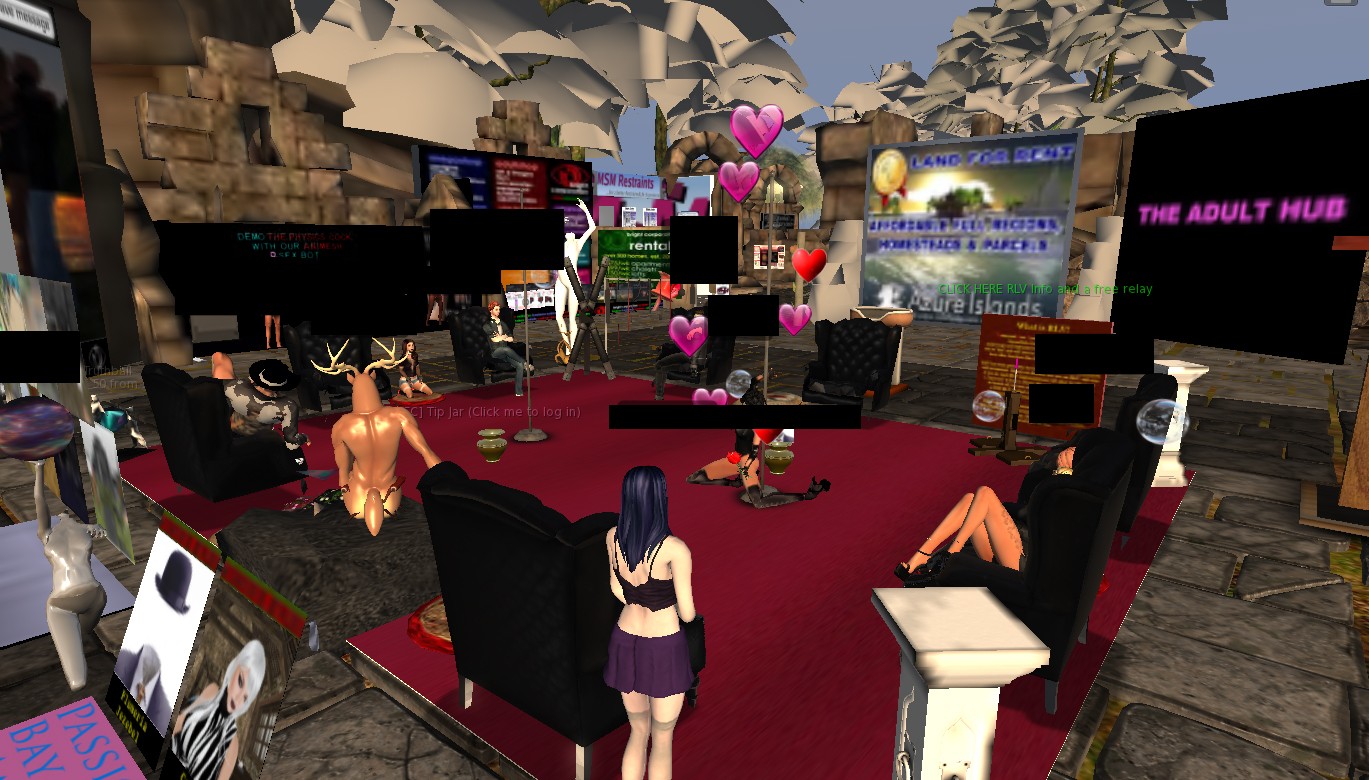
Cybersex is as old as text chats but the high programmability of SL expanded the range of expression enormously.
From furry to tentacle sex, every possible fantasy could be enacted in a (relatively) safe space.
SL is still a very popular marketplace for virtual sex work
Also the graphic presentation has been constantly improved over the years with particular attention to human models.
![]()
Disability
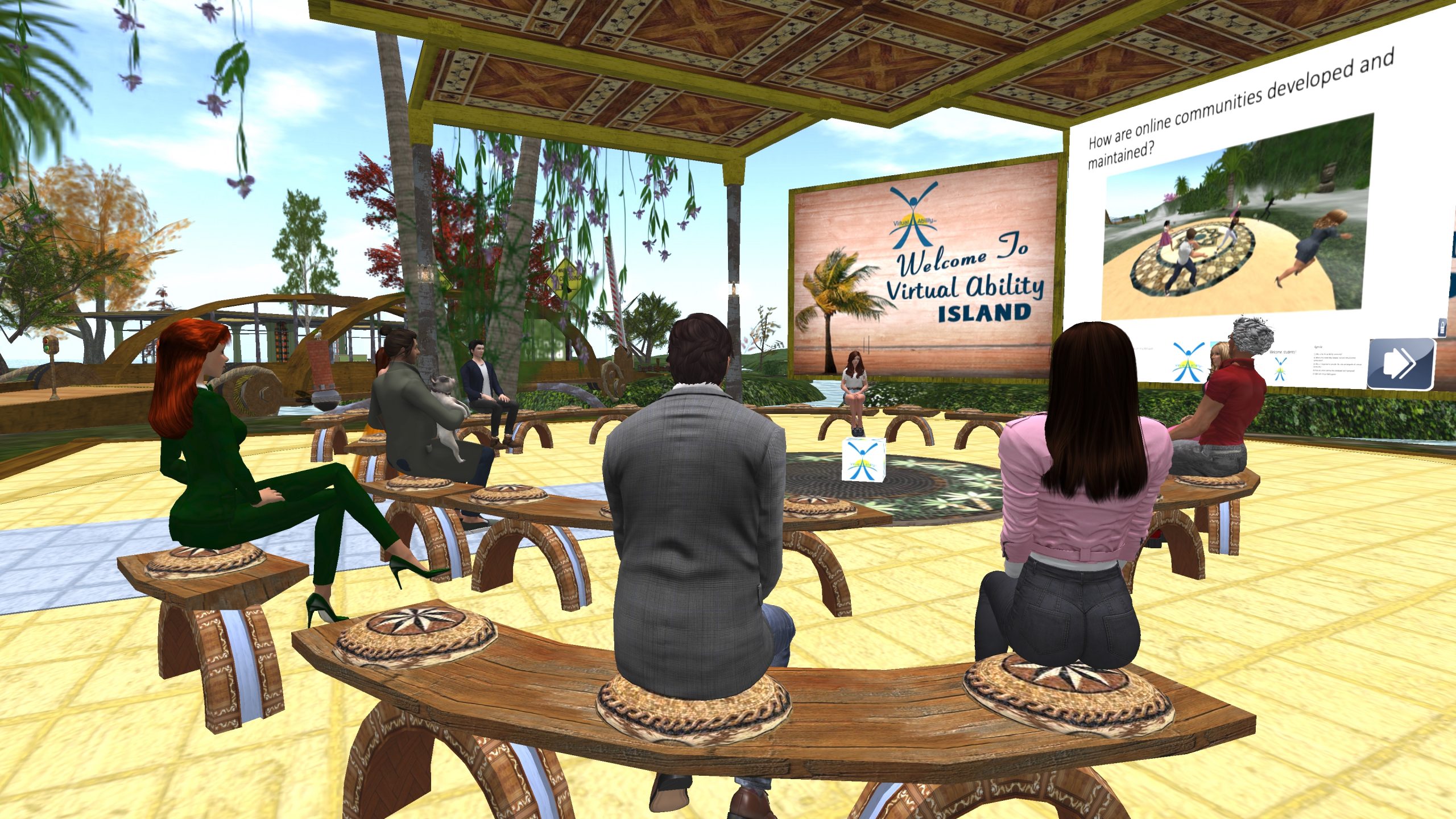
SL today has about 600K-800K active users.
“Some communities have quietly continued to thrive in the virtual world. One of these is the disability community, a sundry group whose members include people who are blind or deaf, people with emotional handicaps such as autism and PTSD, and people with conditions that limit their mobility, such as Parkinson’s, cerebral palsy, and multiple sclerosis. There are no official tallies of their numbers, but Wagner James Au, who has written extensively about Second Life, estimates they may account for roughly 20 percent of users. Some active members estimate the number higher — at as much as 50 percent.”
“Fran recounts her experience of Second Life as a quasi-fountain of youth. It also describes the fundraising Fran and Barbara have done for Parkinson’s research through Second Life and Fran’s weekly virtual Parkinson’s support group. Suddenly Fran had a following. Some in Second Life’s disability community now use the term “Fran effect” to describe improvements in real-life functioning that they attribute to their experience in Second Life.
This is not just magical thinking. Abundant research shows imagining movement, without actually moving the body, can have positive effects on motor skills, balance, and learning. The same effects are found in athletes and people who are healthy. ”
First They Got Sick, Then They Moved Into a Virtual Utopia
The Digital Ruins of a Forgotten Future
Minecraft (2009/2011)
The best selling game of all time (200M) is an indie game. Originally created by Notch in his spare time and inspired by other two indie games
What are some of the characteristics that made it popular?
*proc gen
*intuitive lego-like characteristics
*simple survival gameplay resonating with children
*modular easily expandable system
*modding and user generated content
*viral phenomenon, remaking X in Minecraft
*initially under-explained, community-created guides
*cheap?
The Endless Forest
A rare arthouse, indie MMORPG. We’ll have a guided tour with Auriea Harvey, one of the creators.
Tiny Worlds
sokworlds
sok stories
likelike online
http://scrnprnt.ca/TheGardenOfEarthlyDelights/

